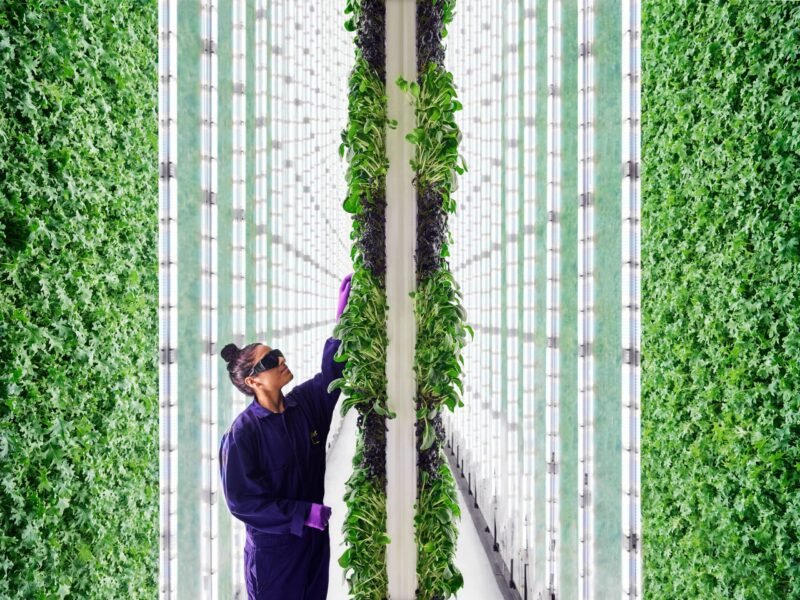This City Socks… And Shoes!
Less than a three-hour high-speed rail trip away from Shanghai, 90% of Walmart’s socks are produced. So if your feet are cold this is the place to go.

The county level city of Yiwu is not only the birthplace of many socks, it is also the production and trading place for a great number of other commodities. The city hosts the largest commodity wholesale market in China and a number of other large-scale factory outlets and fairs. A look at the anatomy of Yiwu shows that it is not only a trading and production city, but also closely linked to agriculture. The city is rapidly changing from farming to production, although in the middle of this transition a number of interesting phenomena has occurred.

Trading
Yiwu is greatly influenced by, and famous for, the largest wholesale commodity market in China, and probably in the world. Architecturally it resembles of a shopping mall, or rather five huge interconnected malls. The distance from one end to the other is a few kilometers and it contains thousands of stalls. However, it is not a conventional shopping mall, but a typical indoor market with corridors of small compartments the size of shutter stores. The five sections of the market have four to five floors and a sea of parking garages attached to it — in the back, in front, and on the roof. The market has a chilled vibe and it is notable that for many people it is also (almost) a home. Everywhere there are children running around and playing, and on the roof there are traces of habitation as laundry is drying in the sun. The market is frequented by people from all over the world, looking for a deal on everything from pressure cookers, to laser strobe lights, to sex toys, to socks.

It is clearly evident that the market is expanding and the empty top floor of section five shows China’s remaining dependency on production and expectation of continuous growth. On the other hand, the empty corridors also portray the frightening option of a slowdown in the economy and the transformation from a production to a consumer society. Frightening in the way that if production some day moves out of China to where labor cost is cheaper, this massive mega mall will create a dead space beyond many comparisons.


Left: One of the numerous market stalls. Right: Children playing in the market
Next to this significant economy that production and trade of commodities brings to the city is the flow of tourism and accommodation of visitors. Around the market is an embankment of business hotels with supporting restaurants. Not only do the neighboring blocks mainly consist of hotels, but for the businessman who wants to be on the top of it all, there are also a number of high-rise hotels accommodated in the market itself.

The endless roof of the market
Farming
On our search for the production facilities of all these things sold in the market we came across vegetable fields at almost every vacant spot of the city. It seems that the city has grown together with the farmland instead of over it. An interesting mix, as in many occasions farming would end up being moved out while a shift in employment would take place from agriculture to production. Today’s Yiwu presents a condition where green spaces are cultivated and food production occurs on any bit of left-over space. Even parts of public parks are dug out and used for growing cabbage and corn. The farmer’s villages have been entangled by the new residential developments in the mix of large factories. Somehow urban farming is dominating the urban impression even more than the warehouses the city is famous for.

Urban farming in the middle of the city
Production
It’s not surprising that a great number of factories can be seen when driving around Yiwu. However, this image provides us with less impression than anticipated. A majority of the factories blend into surrounding residential areas and create the feeling of any other industrial city found anywhere around the world.

Farmers village with new development in the background
Returning to urban farming and the encroached urban ‘villages’, a second surprising element is the interchange between the ‘villages’ and their surroundings. The ‘villages’ are not only home to rural agriculture, but also provide production facilities. As the city has not given up on farming, the village has extended its diversity of production from only agriculture to also commodities.

Red character indicates demolition
It is clearly evident that these urban villages are in the process of transition. Many of the buildings are already marked with signs stating their demolition, and the villagers are clearly getting ready for a new urban future. Although it seems like the urban farming in Yiwu is more the consequence of a rapid urban expansion it will be interesting to see in future years how much of it will survive. Awareness from the central government is already present on the importance of urban farming with exemplary cases from Beijing. In this phase of China going green an opportunity is present to foster and strengthen Yiwu’s local food supply and cutting the food miles by continuously strengthen urban villages and urban agriculture, diverting from the common path of urban expansion.



